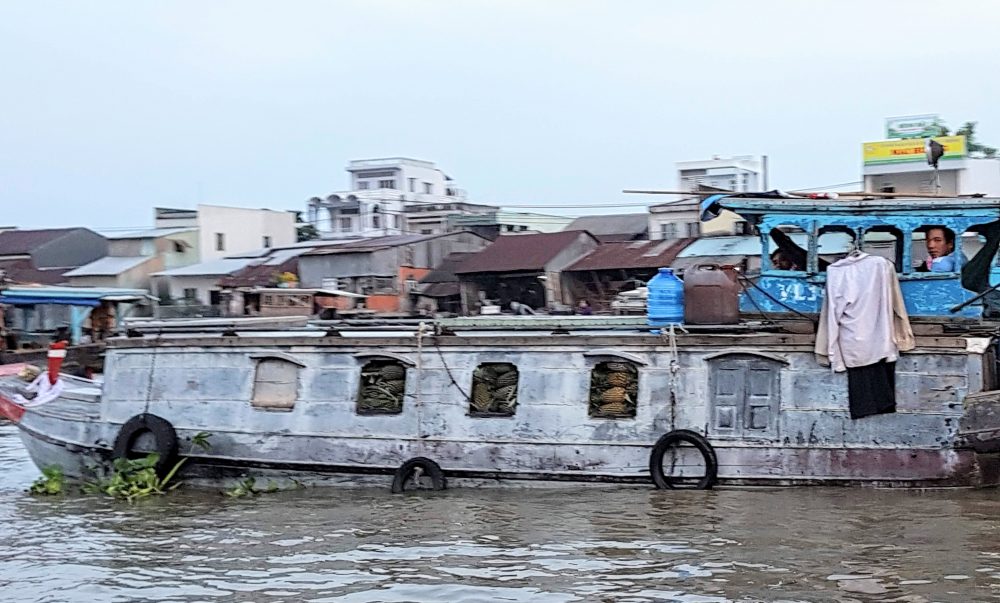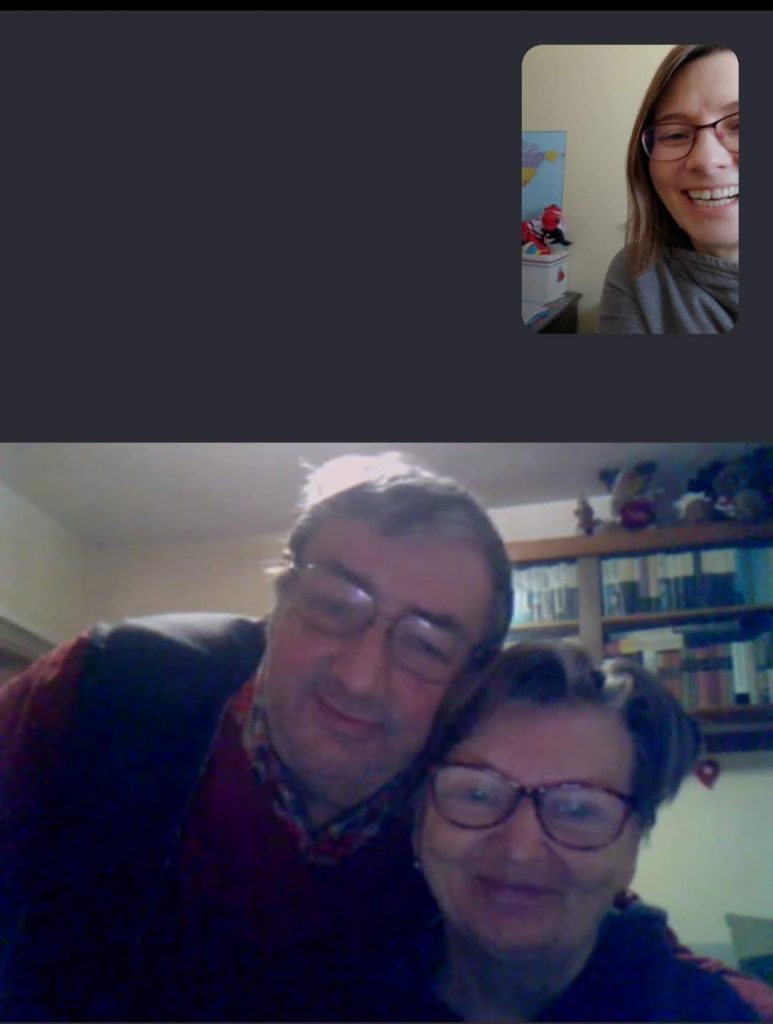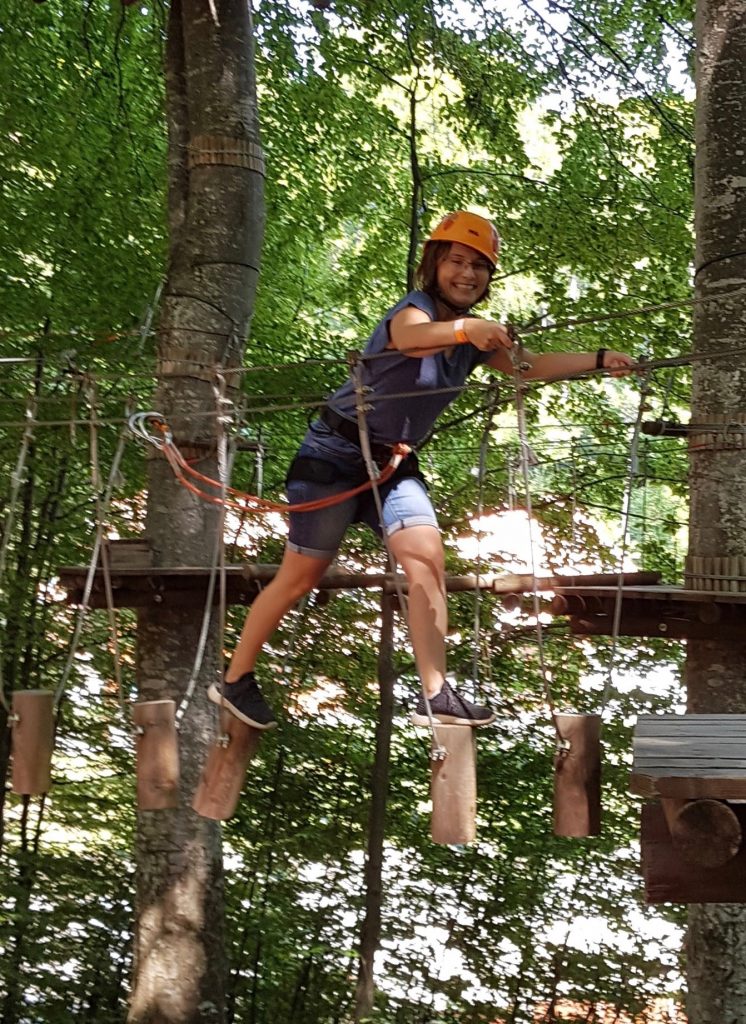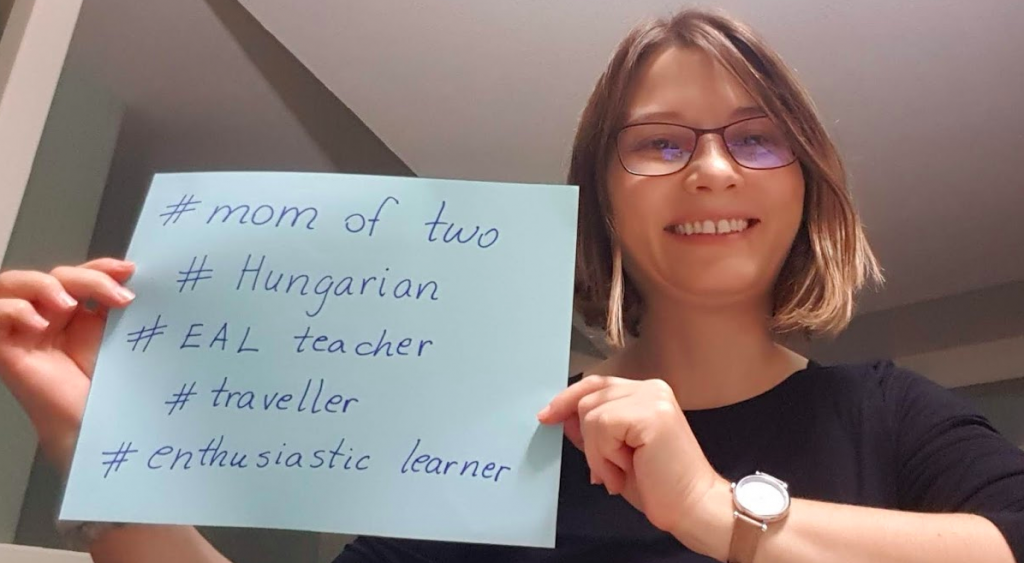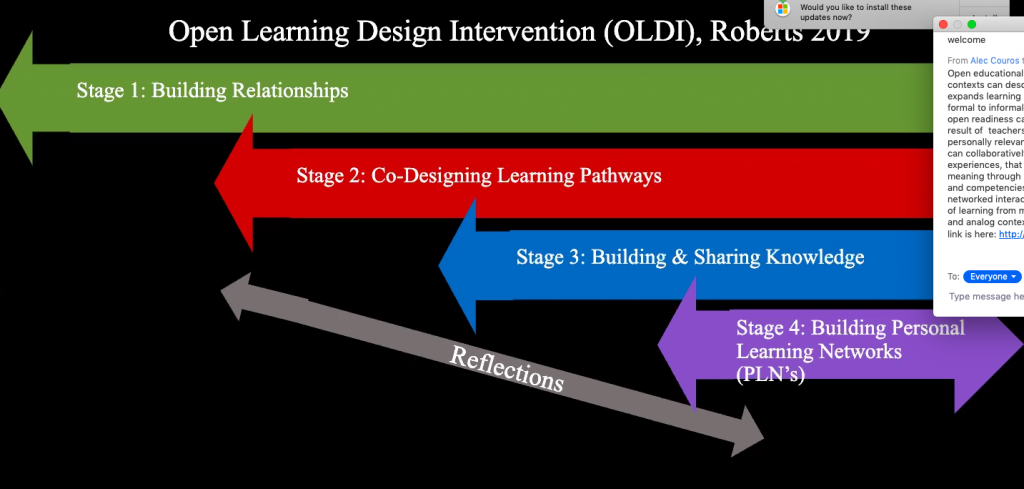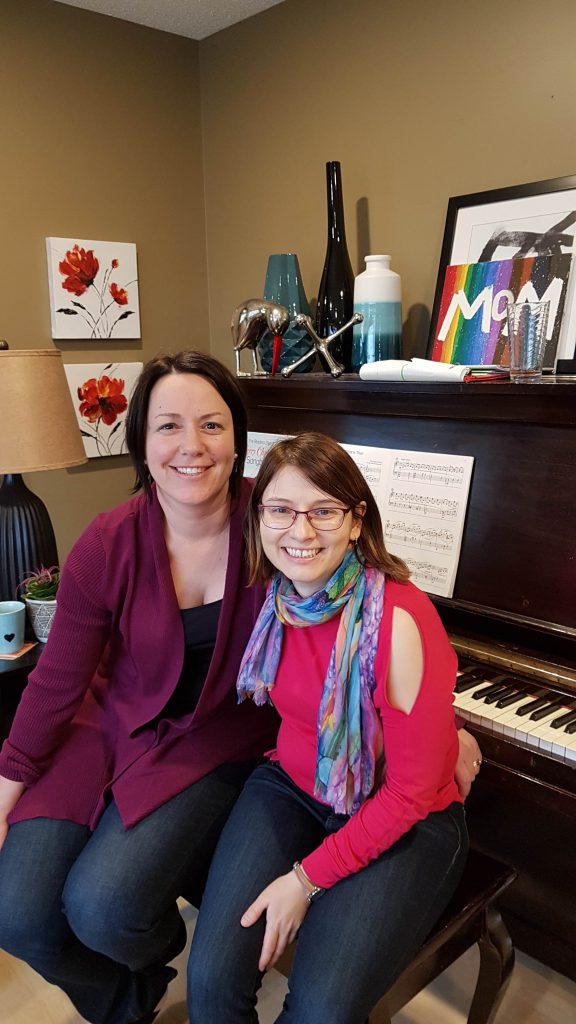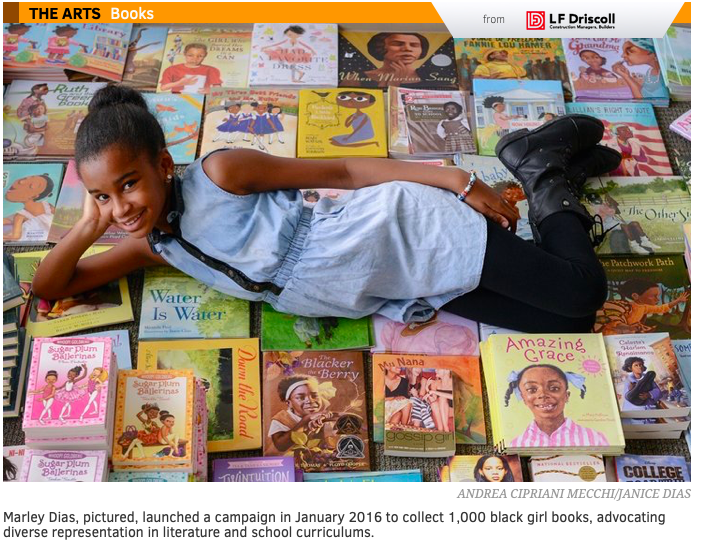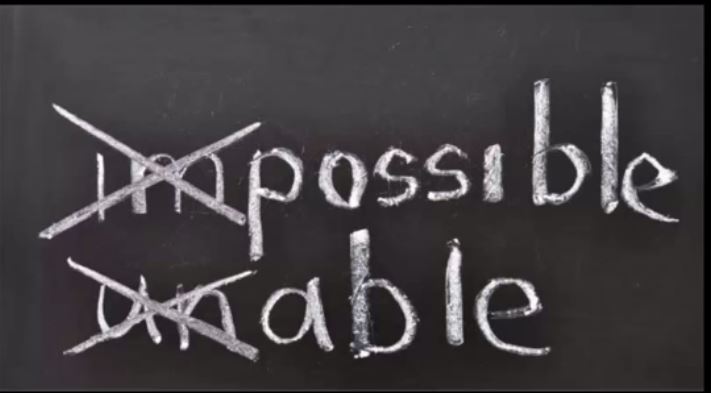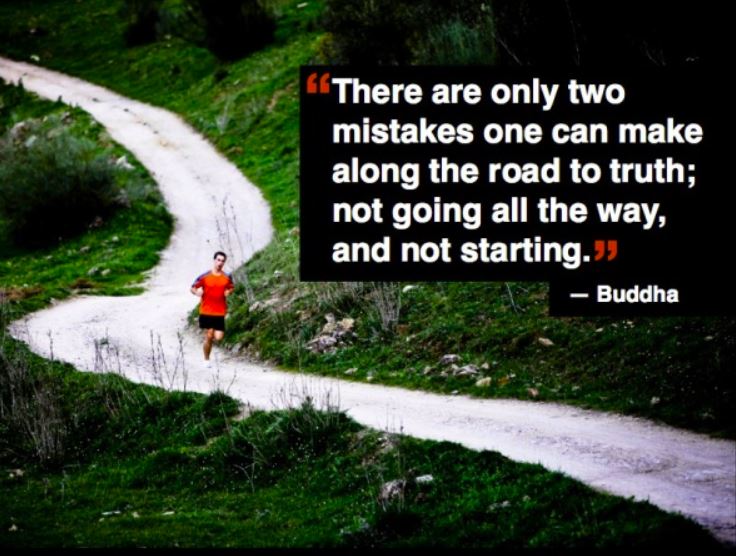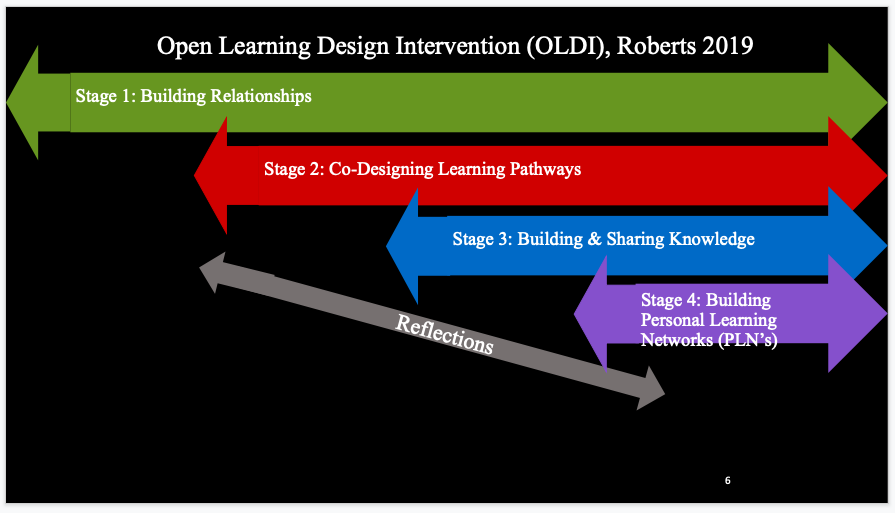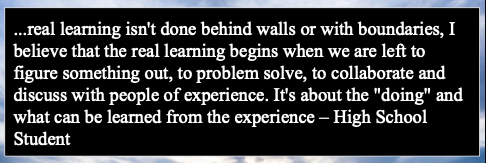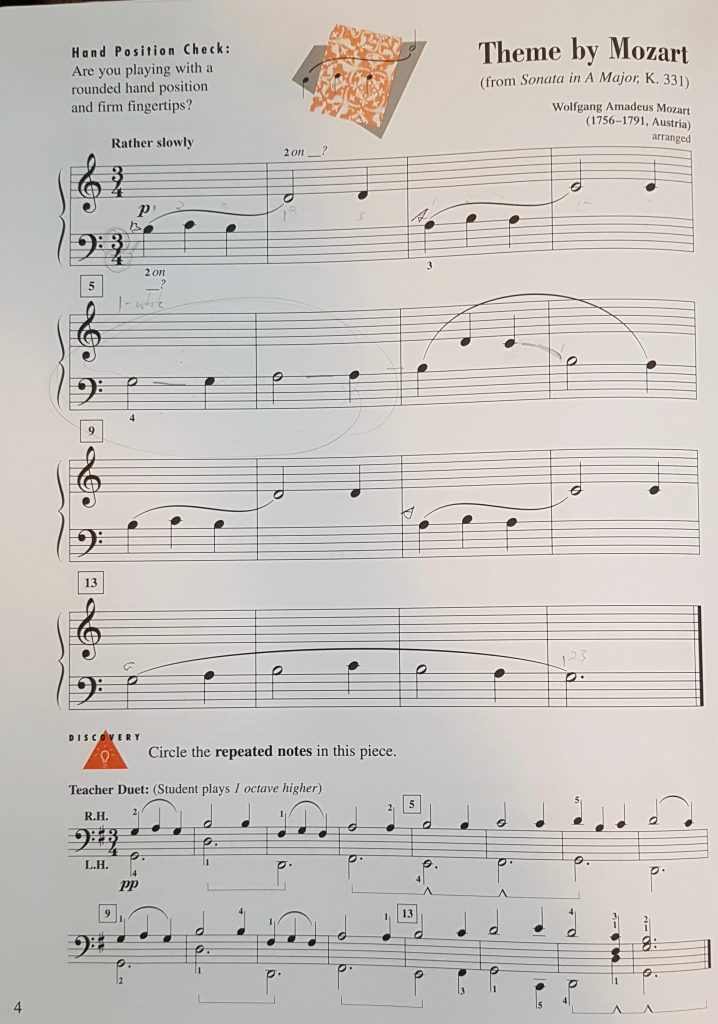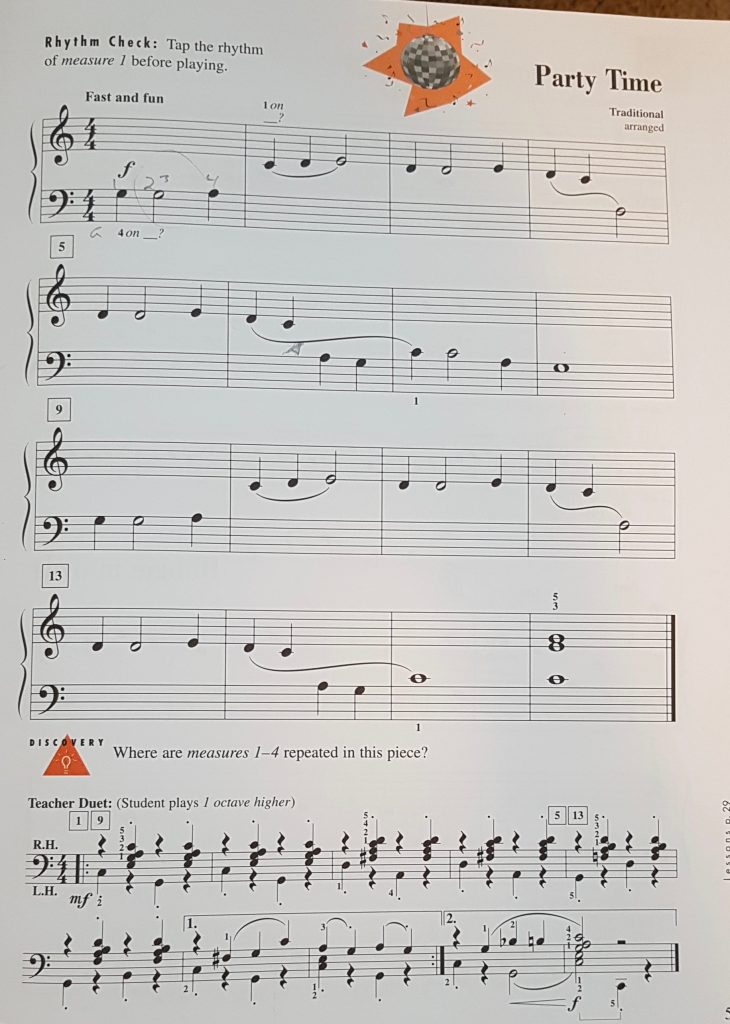Do schools really need to change? If so, in what ways?
As a parent and educator, I feel that with the generational, cultural and societal changes, we have to recognize the fact that making changes to our education system is crucial. We not only need to prepare our students to safely navigate in our digital world, but also finding ways to engage them while teaching these skills. Prof. Mary Beth Hertz draws our attention to the importance of taking the time to educate our students about technology and appropriate ways to use social media instead of assuming that our ‘digital native’ youth is on the right path of becoming responsible digital citizens without guidance and mentoring. Just as no one is born being a native speaker of any language, our children need to be taught how to be responsible citizens of our digital world. Bringing technology into our classrooms will also make learning fun and more engaging for our students.
Is it possible to change our educational system, or is it more likely that the system will be replaced by other forms of education?
I am seeing that our education system is changing. The question is if it is changing at the right pace and if we are heading in the right direction? We definitely need to do more work shifting from the 1990’s teaching style where the role of the educator was to be the ‘monopoly of knowledge’, towards the role of a facilitator guiding students in their journey of creativity, critical thinking, problem-solving, as well as developing their ability to synthesize information through project-based learning. The transformation of the education system will certainly look different at the elementary-, middle- and high-school levels as well as at the university. Growing up in Romania, we used to have specialized teachers for every subject matter starting grade 5. I often wonder if a teacher specialized in technology, teaching digital literacy and media literacy would make this shift faster, since it might take a long time for teachers to familiarize themselves and find the right fit to teach through the lens of our digital world. I think that in order to avoid generations missing out on learning how to be digital literate and media literate (Prof. Mary Beth Hertz), offering ‘technology classes’ for all grade levels could be quite beneficial.
And when I think of the education system being replaced by other forms of education, I agree with Christina Petterson, that no matter how much the education system changes, human interaction is crucial for our students’ emotional development. Me working with EAL (English as an Additional Language) students who face so many challenges when moving to a new country, I cannot imagine them being able to cope with life with having no human interaction. Besides helping them learn English and all the subject matters, our job is also to help them through the nightmare of culture shock, as well as modelling social norms and interactions in Canadian society. In today’s multicultural society our job is getting more and more complex.
What sort of education or education system will be needed to adequately prepare students for the world ahead?
Both Prof. Henry Jenkins and ISTE underline the importance of open education where teachers scan the globe for best practices and collaborate with each other. Teachers of the ‘Future Schools’ in Singapore have the opportunity to watch model lessons in order to learn new ideas and provide suggestions to each other. Through skype sessions educators share best practices and critique lessons with colleagues in their school and with others from around the world. It is important for us to realize the power of sharing, communication and collaboration in order for learning to grow. I feel that providing more time for teachers to share, collaborate and plan together would be beneficial to make our education system more effective.
What sort of world are we preparing students for?
The world is shaped by us, our values, actions and beliefs. Since technology is a key component in our everyday lives, we need to prepare our students to think and act as responsible citizens in our digital world. By raising adaptable, responsible, empathetic critical thinkers we can guide students towards digital leadership, as described by George Couros, where the Internet and Social Media are being used to improve the lives, well-being and circumstances of others.
